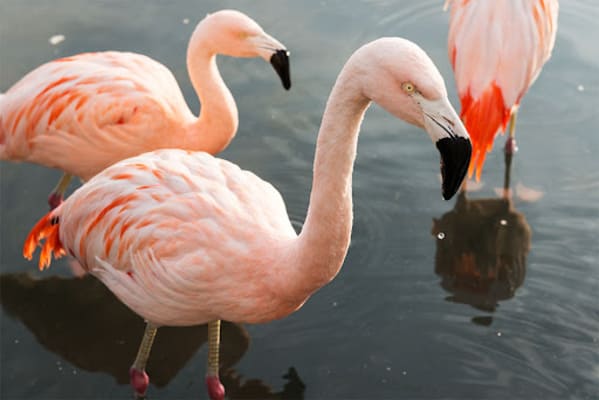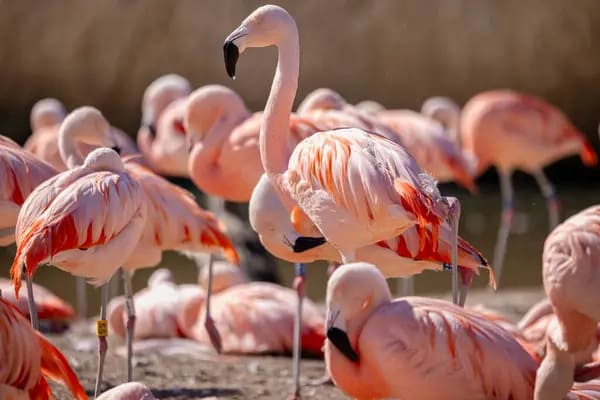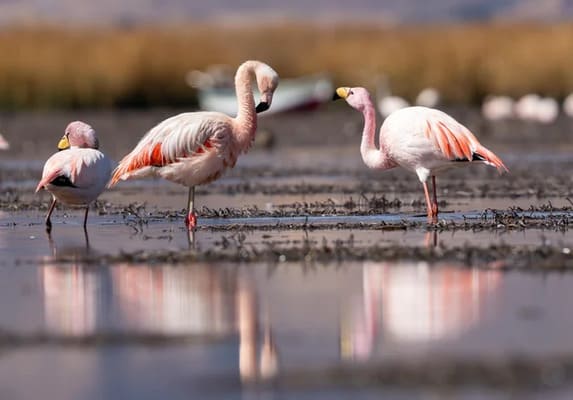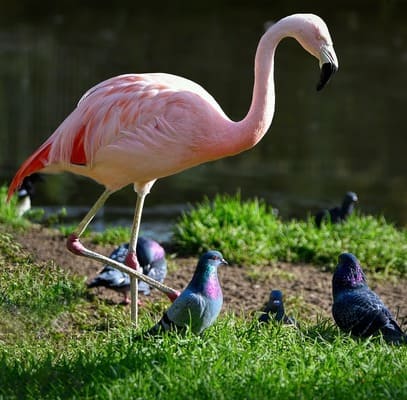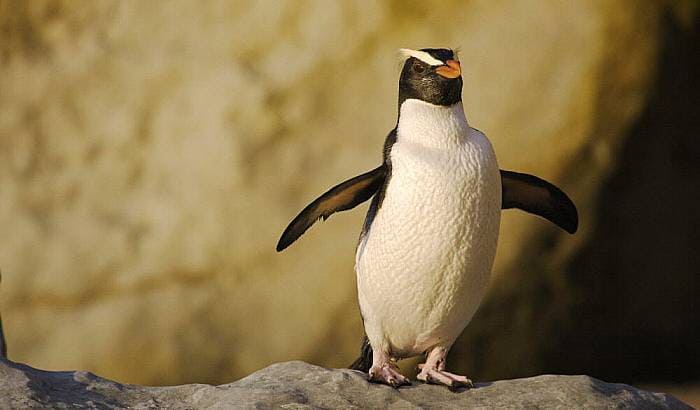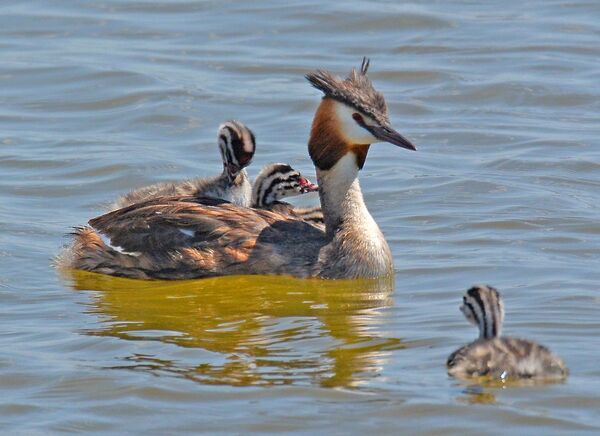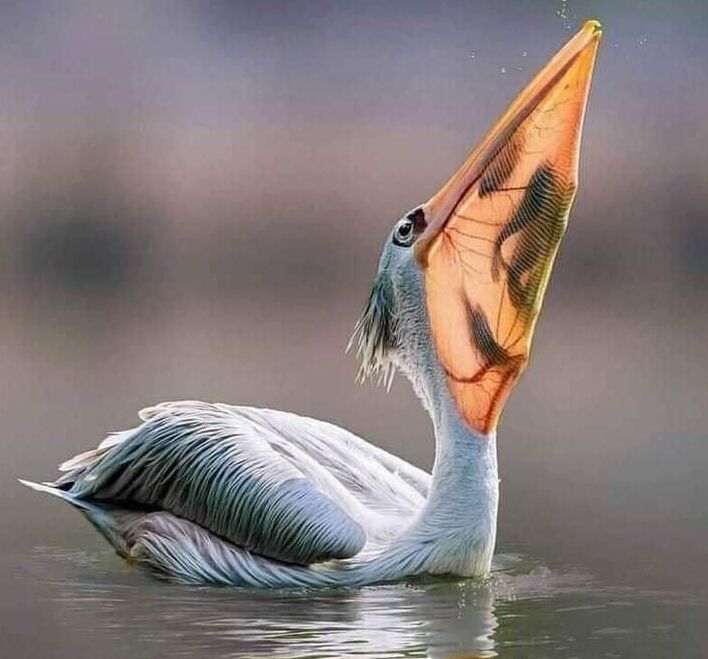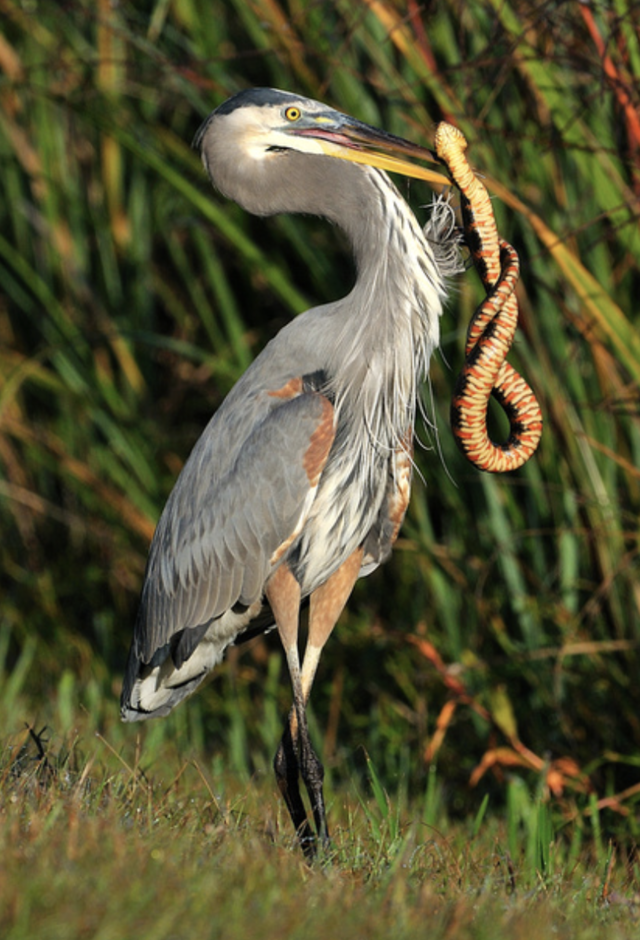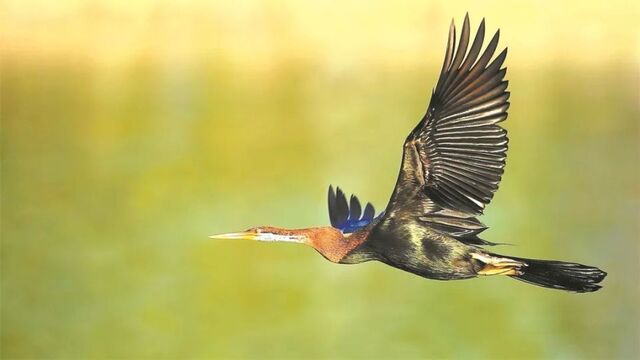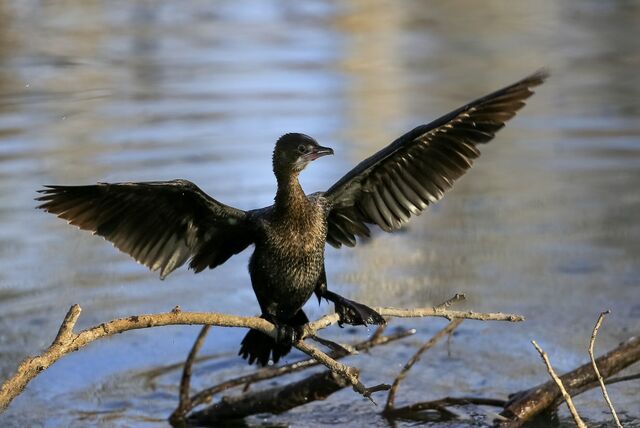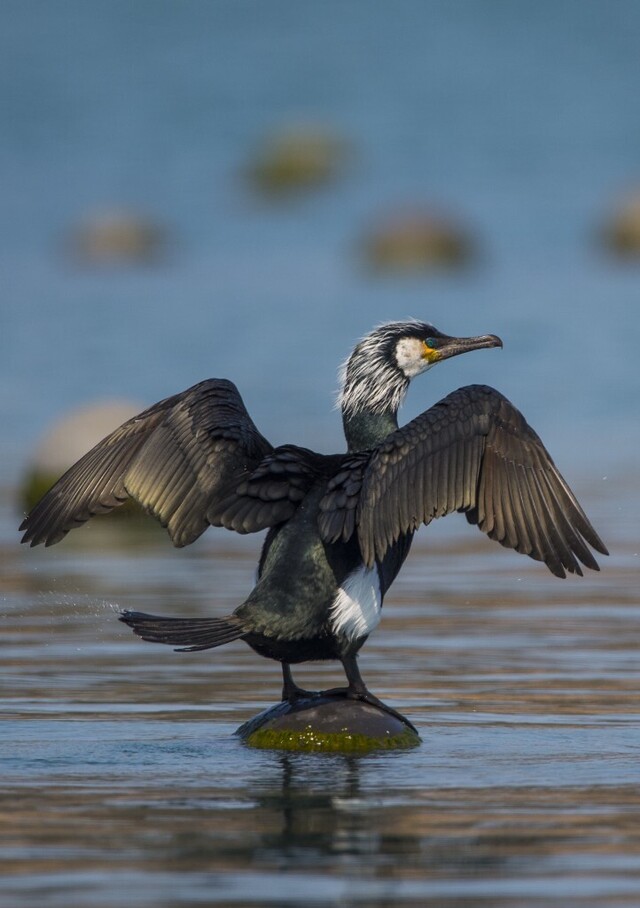Chilean Flamingo
IUCN
NTBasic Information
Scientific classification
- name:Chilean Flamingo
- Scientific Name:Phoenicopterus chilensis
- Outline:Wading birds
- Family:Phoenicopteridae Phoenicopterus
Vital signs
- length:c. 100–145 cm; wingspan ~140–165 cm
- Weight:c. 2.5–3.5 kg
- lifetime:20–30 years in the wild; longer under care
Feature
Colonial filter‑feeder; saline/brackish wetlands; mud‑mound nests; seasonal movements across wetlands.
Distribution and Habitat
Andean salt lakes and coastal lagoons/estuaries in Chile, Argentina, Bolivia, Peru, Paraguay, Uruguay and Brazil.
Appearance
Pale pink plumage, black primaries; grey‑pink legs; pink‑based, black‑tipped decurved bill; pale yellow iris.
Details
Chilean Flamingo (Phoenicopterus chilensis) is a large South American wader of saline and brackish wetlands, noted for its pale pink plumage, long neck and legs. It breeds and feeds in colonies on Andean salt lakes and coastal lagoons. IUCN status: Near Threatened (NT).
Ecology & Behaviour
A specialized filter‑feeder using lamellae along the bill and a piston‑like tongue to sieve algae, diatoms and small crustaceans. Colonially nests on small mud mounds, usually laying a single egg; chicks gather in large crèches.
Identification
Pale pink overall; black primaries; legs grey‑pink; bill pink‑based with a black tip and distinct downward curve; pale yellow iris. Larger and paler than Lesser Flamingo; differs from Andean/James’s by leg/bill coloration.
Threats & Conservation
Hydrological change from mining and water extraction (incl. lithium brine), dams and diversions.
Disturbance & infrastructure: tourism, off‑road vehicles, drones; collisions with powerlines/fences.
Pollution & climate variability affecting food and breeding success.
Priorities include ecological water management of salars/lagoons, impact assessments and mitigation for mining projects, powerline marking, seasonal access controls at colonies, and coordinated cross‑border monitoring.
FAQ
Q1. How to tell from Lesser/Andean flamingos?
Chilean is larger and paler; legs grey‑pink and bill pink with a black tip. Lesser is smaller and redder‑legged; Andean/James’s show different leg/bill colours.
Q2. Why Near Threatened?
Unstable breeding driven by hydrological alteration, climate variability and disturbance across key Andean wetlands.
Q3. How do they feed?
Inverted bill filtering using lamellae and a muscular tongue to pump water through the sieve.

